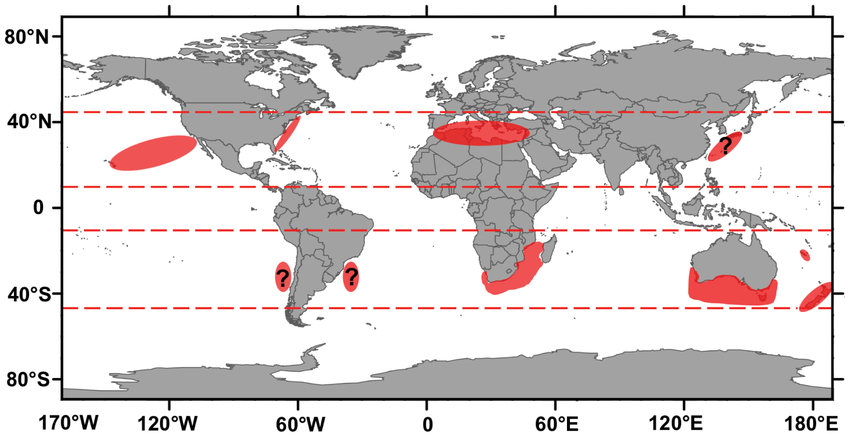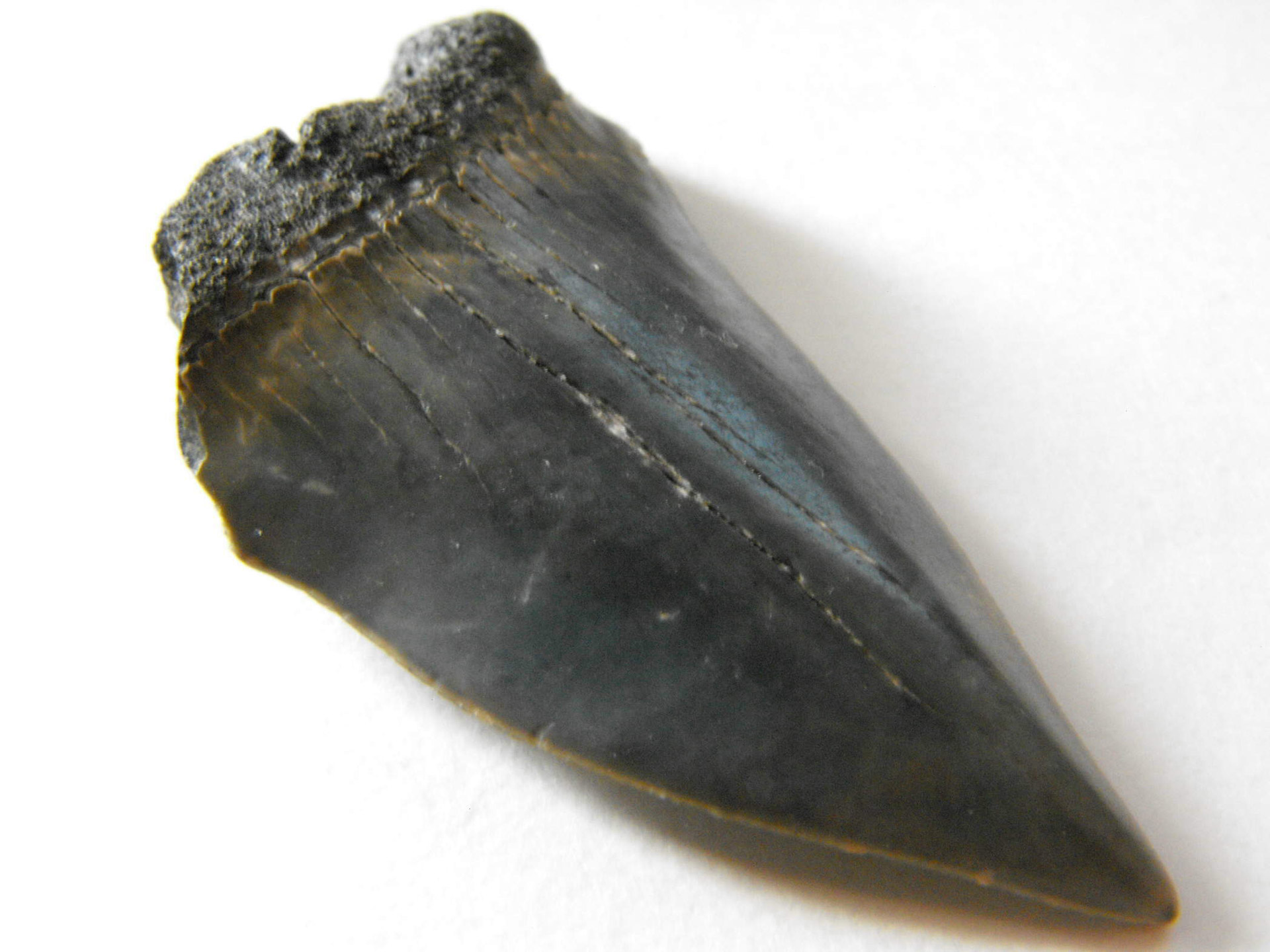Prehistoric white sharks can help us save sharks in modern day
How researchers found a two to five million year old shark nursery
White sharks may have a guaranteed spot on Shark Week but there is still a lot to learn about this famed fish.
Sharks have been around for millions of years. The earliest fossil of Carcharodons, the genus of the white shark, dates back to 16 million years ago. Yet today, white shark populations are considered vulnerable to becoming endangered due to overfishing.
Protecting these sharks can be tricky. There are white shark aggregation sites around the world, but each of these populations have different behaviors and migratory patterns. Scientists are studying each existing population to inform local policy and management.

White shark hot spots
It isn't just modern populations of sharks that can provide us with useful insight. Understanding how white sharks thrived millions of years ago could help us protect them today.
Researchers have proposed a location in Coquimbo, Chile as a nursery for white sharks during the Pliocene Epoch, a period of geologic time that spans from 5.33 million to 2.58 million years ago.
A nursery habitat is an area that contributes more juveniles of a species to the adult population compared to other areas. To be considered a nursery, the area in question had to fit three criteria: be a shallow water environment, have an abundance of resources, and be dominated by juveniles white sharks.

Shark tooth
The researchers collected white shark fossil teeth from three different places. They used measurements of the teeth to estimate the total length of the individual sharks. The total length of a juvenile white shark was considered to be between 175 cm to 300 cm. In Coquimbo, there was a higher proportion of juveniles compared to the other study sites. The researchers also found signs of potential prey species and evidence that this area was once a shallow-water marine habitat.
Nursery habitats helped protect young sharks millions of years ago. Identify and conserving modern nursery habitats could be an important factor in keeping white shark populations stable today.